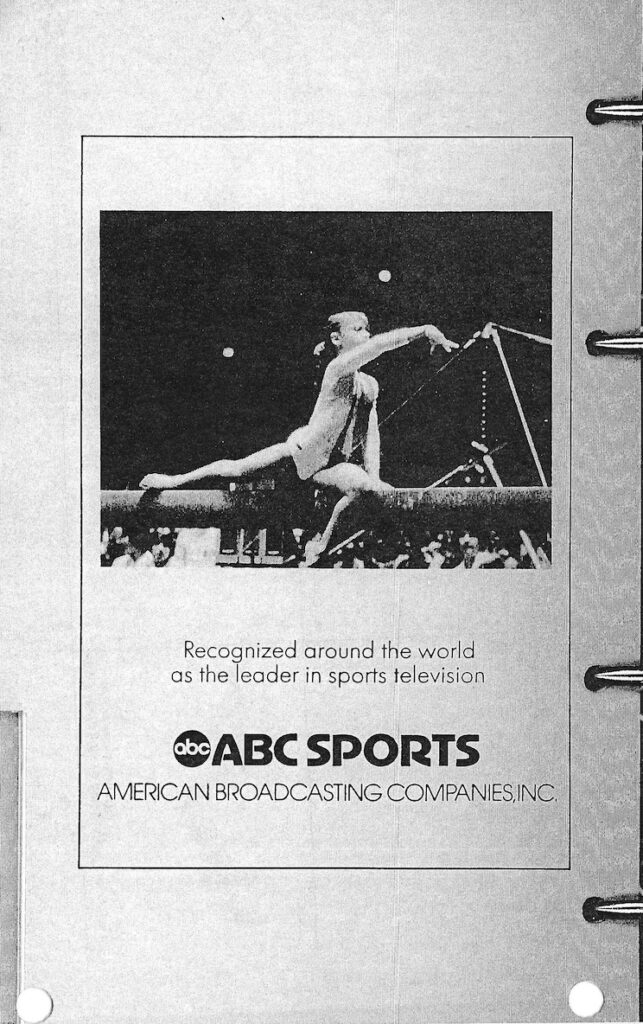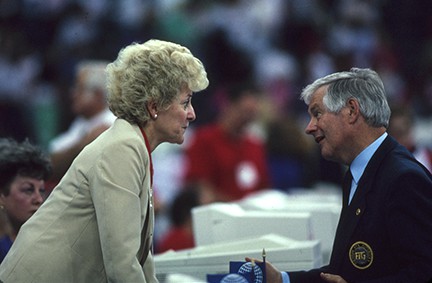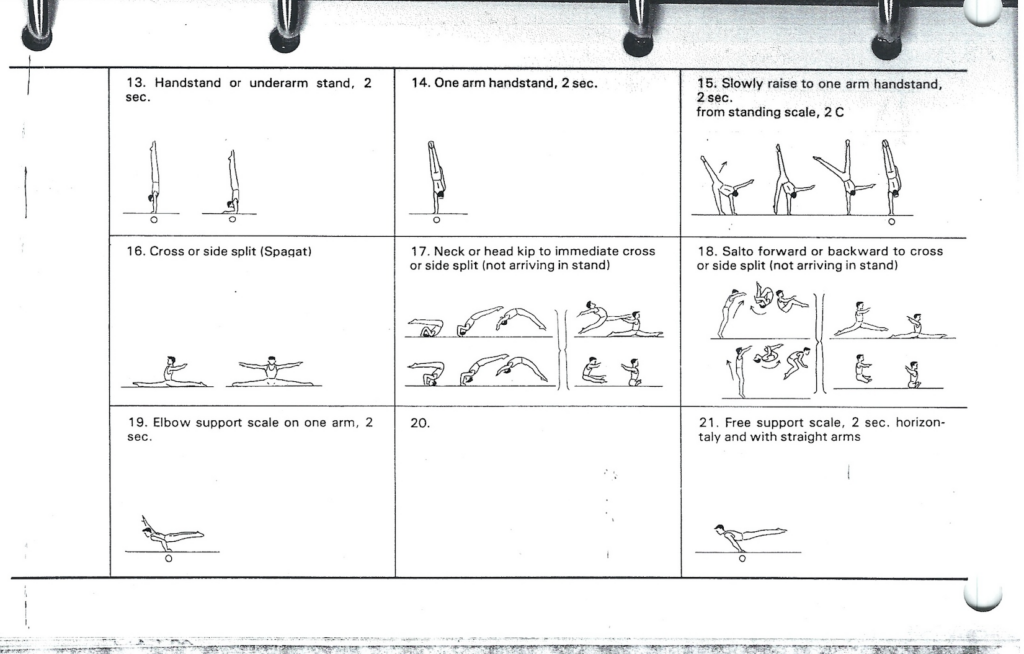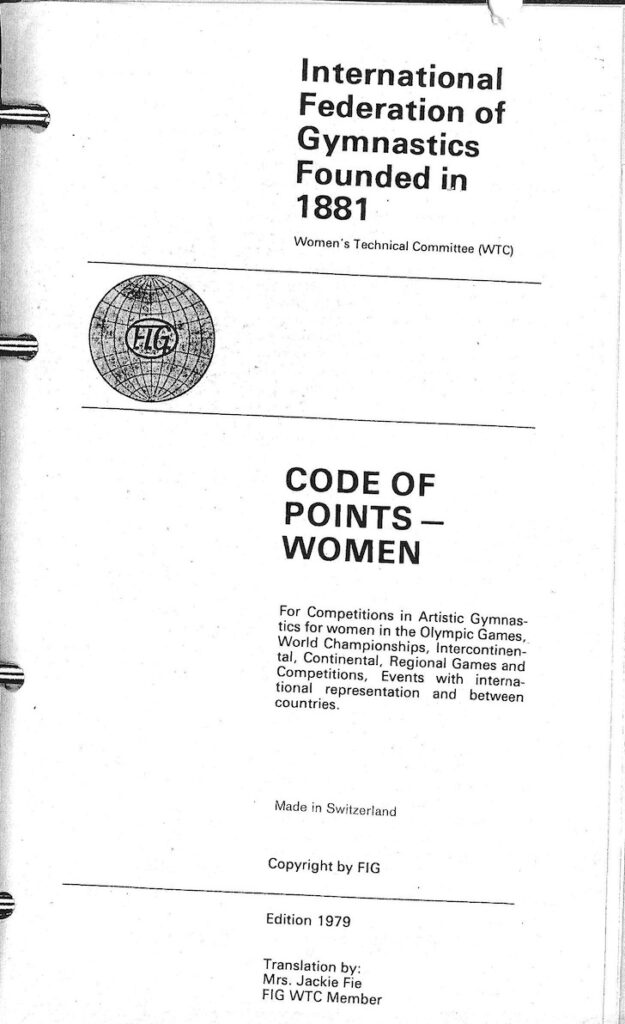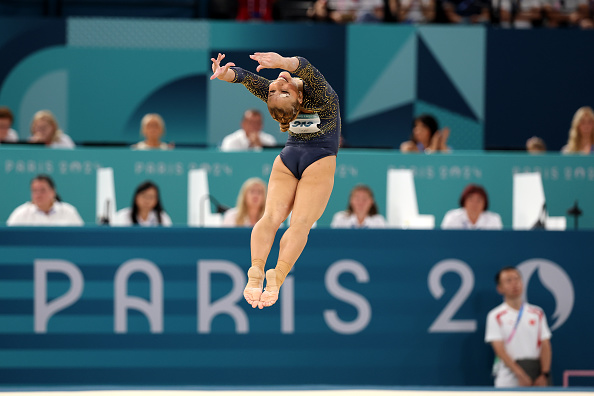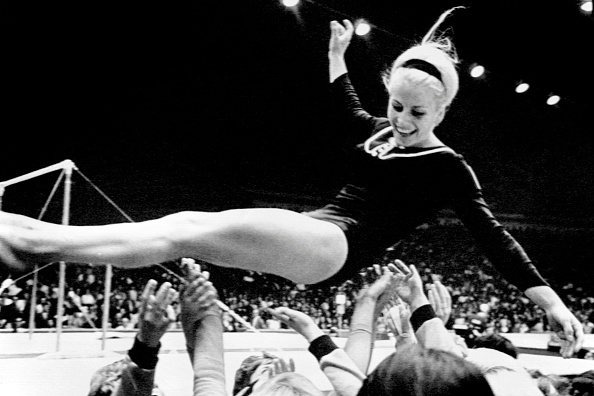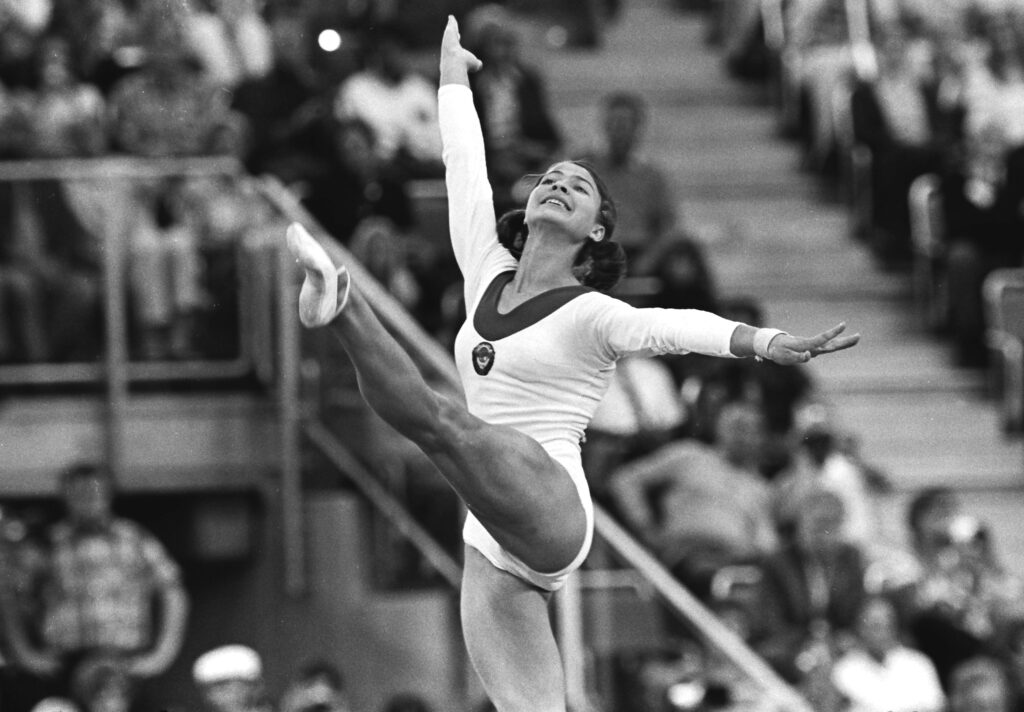If you’ve ever flipped through old Codes of Points, you might have noticed something. The old tomes are typically filled with ads from equipment manufacturers like Janssen & Fritsen and Spieth. However, the 1979 edition introduced a newcomer: a full-page advertisement from ABC, the U.S. television network. This addition was no coincidence; it came on the heels of a $1.5 million deal between ABC and the Fédération Internationale de Gymnastique (FIG).
How did this partnership materialize? And in the landscape of sports contracts, was $1.5 million a significant investment? To unravel the story behind this pivotal moment in gymnastics broadcasting, let’s examine the details and draw comparisons to other agreements ABC negotiated during the 1970s. But first, let’s set the stage…
